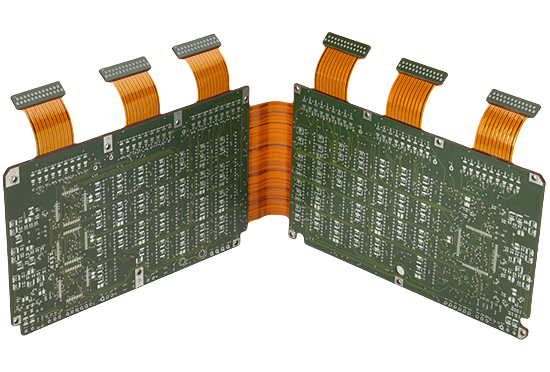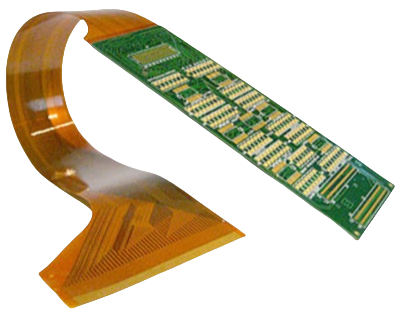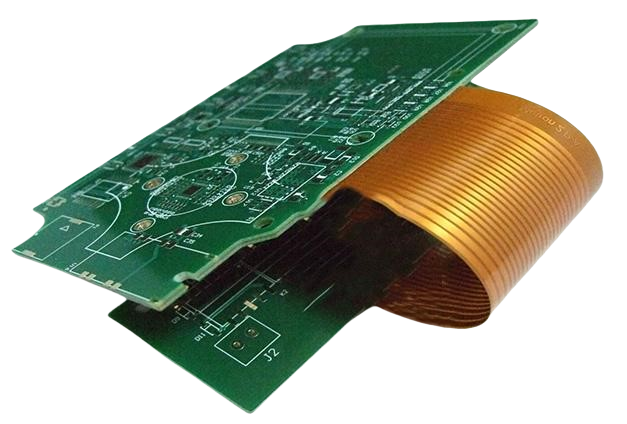What is a Rigid-Flex Printed Circuit Board?
A flex-rigid PCB is a printed circuit board that combines a rigid circuit board and a flexible circuit board.
Rigid circuit boards have good stiffness and strength, while flexible circuit boards have good flexibility and bendability.
Rigid-Flex Printed Circuit Board have the advantage of rigid PCB and flex PCB.

Advantages of Rigid-Flex Printed Circuit Boards
1. By eliminating the need for connectors and cables between individual rigid components, board size, and overall system weight can be reduced.
2. By maximizing space to reduce component count.
3. Fewer solder joints ensure higher connection reliability.
4. Compared with the flexible circuit board,rigid flex PCB fabrication is easier.
5. Simplify PCB assembly process.
6. Using Rigid-Flex Printed Circuit Boards can substantially decrease logistics and assembly costs.
7. It is possible to increase the complexity of the mechanical design, which also increases optimize the shell solution scheme.
Uses of rigid-flex PCB
Rigid-flex printed circuit boards are mainly used in the following areas:
1. Adapt to complex shapes
Rigid-flex PCB can according to our needs be cut or bent to fit complex shapes. It is useful that require working in small spaces, such as wearable Products and medical equipment.
2. Improve integration
Rigid-flex PCB can integrate multiple components onto a single board, thus improving system integration and reliability.
3. Decrease costs
Rigid-flex printed circuit boards can reduce the number of circuit boards, thereby reducing manufacturing costs. It is useful as a consumer electronic device.
Specific applications of rigid-flex PCB
Rigid-flex printed circuit boards are used widely in many fields, including:
1. medical field
In the medical field, rigid-flex printed circuit board applications are not limited to sensors and monitoring equipment but also include wearable medical equipment, medical imaging equipment, and surgical instruments. Its compact rigid flex PCB design and biocompatibility make it a key component of modern medical technology.
2. Consumer Electronics
Rigid-flex printed circuit boards are also widely used in consumer electronics such as smartphones, tablets, TVs, and digital cameras to achieve compact design, high performance, and reliability. These rigid-flex PCBs support various convenient technologies in modern life.

Future development
As electronic products turn to smaller, lighter, and more flexible aspects of development. In the future,rigid-flexible circuit boards will be more widely used.
In the future, rigid-flex PCB will develop in the following aspects:
1. higher reliability
Rigid-flex circuit boards will use more advanced materials and processes to improve their reliability.
2. lower cost
The manufacturing cost of rigid-flex circuit boards will decrease, making them more popular.
2. Wider application
Rigid-flex printed circuit boards will be developed in new application areas such as foldable displays, flexible sensors, and flexible electronic devices.
Summary
Rigid-flex printed circuit boards have unique advantages, making them widely used in many significant areas.
With the continuous development of technology, rigid-flex PCB will be more widely used in the future and will have a profound impact on the design and manufacturing of electronic products.






